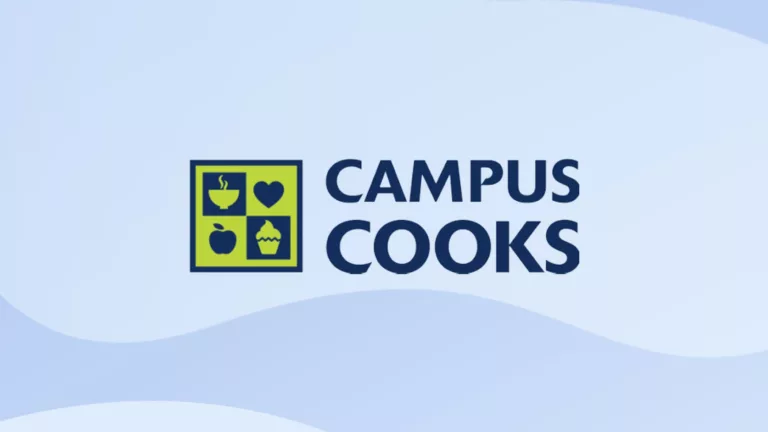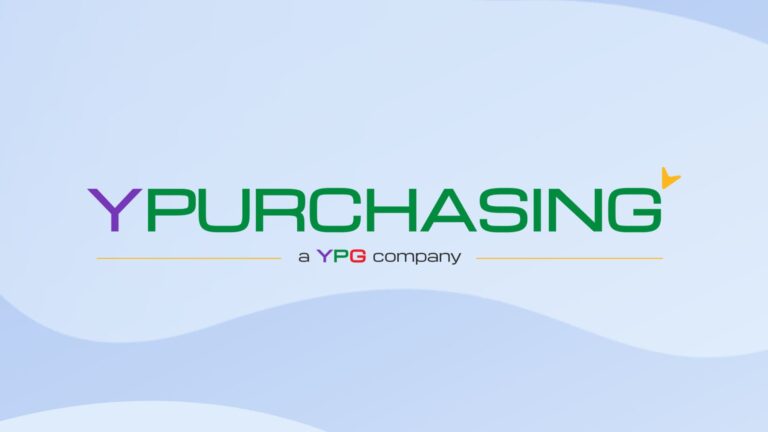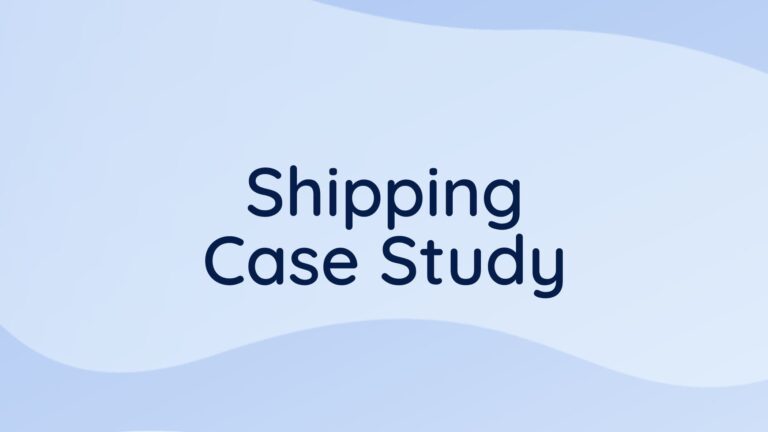
Procurement and Supply Chain: What's the Difference?
Learn the differences between procurement and supply chain and gain insight as to how organizations can benefit when the two functions work together.
By Cindy Rittel | August 4, 2020
There’s always been quite a bit of confusion around the difference between procurement and supply chain management. Industry leaders and news writers often use the terms in the same way, leaving us with several perplexing questions:
- Does procurement report into supply chain, or vice-versa?
- Is there an overlap between the tasks the two professions undertake?
- Do procurement professionals need to understand supply chains?
- Likewise, do supply chain professionals need to understand procurement?
- Should procurement and supply chain collaborate, and why?
Clearly, the two disciplines are difficult to separate and define. Even ISM, one of the largest supply management organizations, dodges the issue by using “Supply Managers” as a catch-all term.
Definitions of procurement and supply chain
Comprara defines procurement as including all of the processes concerned with developing and implementing strategies to manage a company’s spend. These strategies contribute to the overall business goals, maximize value, and minimize the total cost of ownership. Supply chain management, on the other hand, refers to everything associated with managing the flow of goods. It also involves managing supplier information in a category’s supply chain.
Other definitions state procurement’s focus lies with fulfilling business needs while supply chain is focused on the customer. Datex defines procurement as “the process of acquiring goods and services that your company needs to fulfill its business model.” On the other hand, supply chain management is “every activity involved in putting products in the hands of consumers.”
Our friends at Procurify give perhaps the clearest explanation of the difference between the two professions. Procurement is the process of getting the goods you need. Supply chain is the infrastructure (extensive, in many cases) needed to get you those goods.
In simplest terms, procurement is the process of getting the goods you need. Supply chain is the infrastructure needed to get those goods into the hands of your consumer.
Is procurement part of supply chain - or vice versa?
There’s little agreement on this debate. Some visual representations of the procurement cycle include supply chain management as a step in the process. At the same time, some supply chain cycles have procurement as just one part of their multi-step process.
AZCentral suggests that in the overall supply chain process, procurement’s job stops “once your company has possession of the goods.” A supply chain manager is responsible for overseeing everything from raw materials to when the final product has been delivered. A helpful analogy is thinking of supply chain like an entire chair, while procurement and sourcing are parts of the chair.
Looked at in this way, procurement would appear to be a subset of supply chain management. But, job titles and job descriptions only muddy the waters further. Many advertised supply chain roles read like procurement job descriptions, and vice versa.
The CPO title appears to be a higher-profile role compared to Head of Supply Chain or Chief Supply Chain Officer. Company boards and executive teams, however, tend to place higher value on supply chain management skills.
In rare cases, a CPO might end up ascending to the role of CEO, like Tim Cook of Apple. You will notice, however, that their knowledge and understanding of the company’s supply chain is usually the most important factor. It is highlighted as the key reason they were chosen to lead, rather than their procurement acumen.
Cross-functional collaboration is critical
What is clear is that supply chain managers and procurement professionals must rely upon each other for the success of the business. Any sort of silo mentality or lack of collaboration will lead to poor outcomes for both groups.
Generally speaking, procurement professionals are experts in the pre-contractual phase, with proficiency in identifying business needs, sourcing, contracting and negotiation. Supply chain deals more with post-contractual issues including logistics and the hands-on management of suppliers.
Ideally, the two groups should seek to understand as much of each other’s work as possible. This will allow them to determine how they can help each other by sharing skills and information.
An article by SupplyChain24/7 talks about the benefits of improved collaboration between supply chain and procurement functions. “At its simplest, [collaboration] involves procurement professionals gaining a full picture of supply chain requirements before negotiating supplier contracts. [This] understanding helps ensure that potential suppliers are able to offer sufficient volume flexibility and sufficiently short lead-times, for example.”
As companies have grown more advanced, the differences between these two practices have merged. Together, the functions can realize a plethora of benefits including risk reduction, improved customer satisfaction, and cost reduction. Supply chains remain agile, supplier relationships improve, and organizations can focus on other important initiatives.
How to promote cross-functional collaboration
Promoting cross-functional collaboration starts from within. It must be built into the company’s culture and how it operates in order to take hold and flourish. Collaboration between the two can be improved through:
- Shared reporting lines
- Shared KPIs
- The co-development of policies, processes and standards
- Collaborative technology and data sharing
- The creation of cross-functional teams
Rather than trying to rigidly define and separate procurement and supply chain, it’s better to acknowledge that they're becoming increasingly intertwined.
Collaboration works
An old McKinsey report gave a real-life example of supply chain and procurement collaboration that is still valid today. The two functions worked together to integrate the supply of critical components into a new distribution regime. Their main focus was to address the problem of “cripplingly high levels of finished goods inventory.”
The group planned to lower inventory levels by having suppliers deliver parts on a just-in-time basis. In the end, the results of this collaboration were impressive:
- Inventory fell by 19%
- Freight costs fell by 22%
- The suppliers’ freight costs decreased by 14%
- Average lead-times approached zero
- Customer service levels improved from 68% to 94%
Rather than trying to rigidly define and separate the two functions, it’s better to acknowledge that they’re becoming increasingly intertwined. Focus on ways the departments can collaborate and work towards common goals. In the end, this will make a bigger impact on your bottom line.
If you’re ready to improve your bottom line, learn how group purchasing can elevate your overall sourcing strategy.






